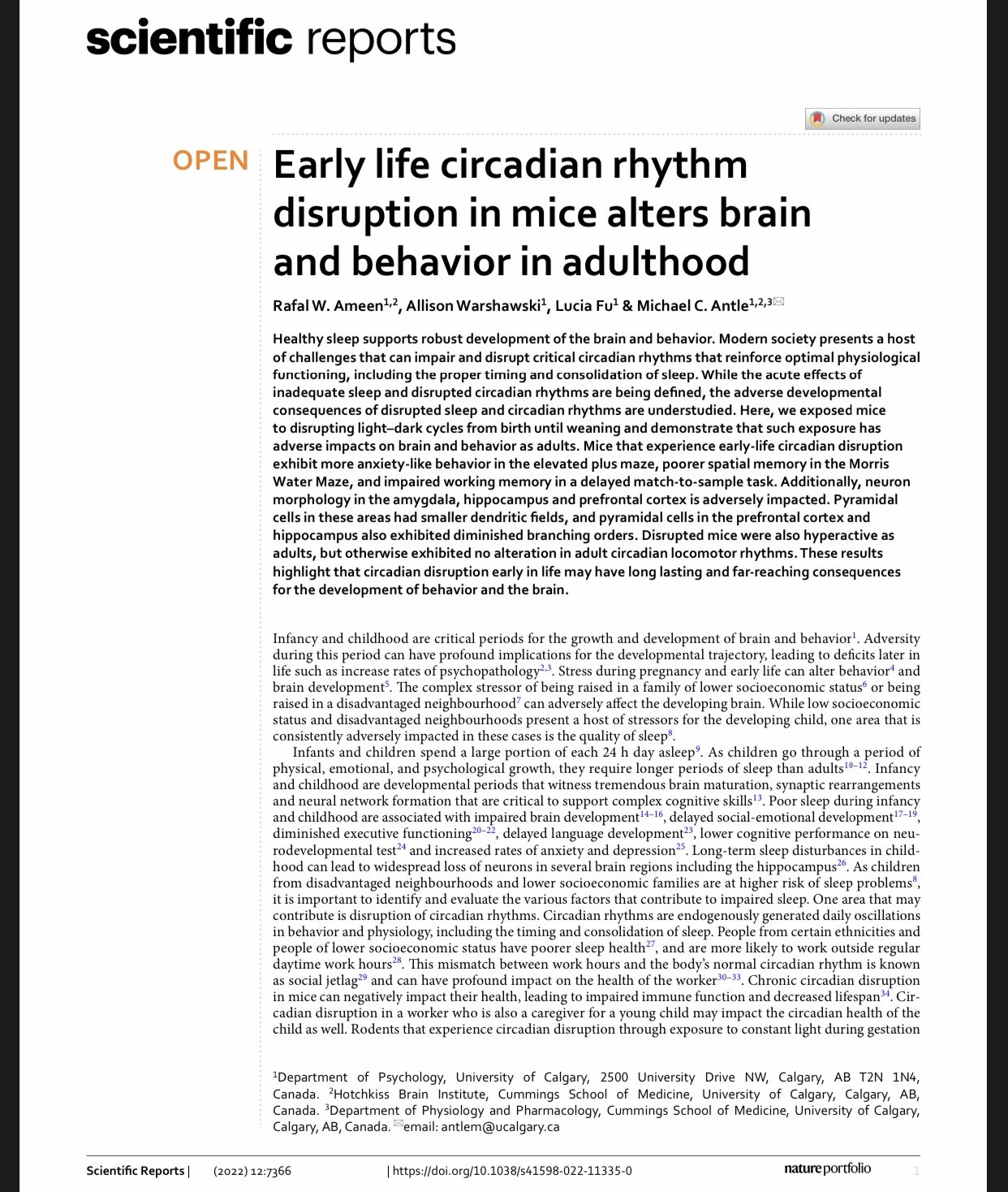Your daily choice of underwear really can have an impact on your fertility, and men, it has a direct effect on your sperm.
The study
Twenty-four dogs were divided into two equal groups, one of which wore cotton underpants and the other polyester ones.[1]
Seven dogs wearing nothing were used as controls. The underwear was fashioned to fit loosely in the scrotal area so as to avoid its insulating effect.
The dogs wore these continuously for 24 months during which the researchers measured the semen character, testicular temperature, hormones (serum testosterone, follicle stimulating hormone, luteinizing hormone, prolactin) and testicular biopsy were examined.
The study results
By the end of 24 months, the dogs wearing polyester underpants had lower sperm count and slower sperms.
After removing the polyester underpants, semen improved gradually to normal in 10 dogs. However, sperm counts remained low for two dogs.
other studies on the effects of wearing polyester clothing
In another study done in 2007 by the same researcher, the electrostatic potential from polyester garments was found to have an 'injurious effect on the ovarian and placental function,' which in turn caused low serum progesterone and spontaneous abortions.
The strong dyes used on synthetic fabrics, subjects tested contracted lymphomatoid dermatitis and different other cutaneous reactions.
Another study in 1992 checked out how polyester worn as a sling could work as a contraceptive for men. Fourteen men wore “polyester slings” for 12 months. The researchers tracked the semen character, testicular size, rectal-testicular temperature difference, serum reproductive hormones and testicular biopsy.
They also measured the electrostatic potentials generated between the scrotum and the polyester.
By the end of the 12 months, all men became azoospermic with an average of 139.6 +/- 20.8 sd days, with decrease in both testicular volume (P less than 0.05) and rectal-testicular temperature difference!
After the men gave up wearing the polyester sling underwear, it took an average of period of 156.6 +/- 14.8 sd days for their sperm to return to average.
The researchers concluded:
“The azoospermic effect of the polyester sling seems to be due to two mechanisms: 1) the creation of an electrostatic field across the intrascrotal structures, and 2) disordered thermoregulation. To conclude, fertile men can be rendered azoospermic by wearing the polyester sling. It is a safe, reversible, acceptable and inexpensive method of contraception in men.”
I don’t know about but that "polyester sling” sounds like most underwear to me.
What does this mean for your health?
Clothing can disrupt the electrostatic potentials generated by the polyester fabric play a role in it.
The lymphatic system becomes overwhelmed with yet another source of toxins; the toxic polyester fabrics that we wear directly on our largest organ, our skin. It slows down and becomes sluggish, leading to inflammation and disease.
Sperm production takes about three months from start to finish, so take the action to switch out your wardrobe, as it may take that long for your sperm quality to improve. For a long time the spotlight (and burden) lay pretty much on female fertility. However, a male fertility crisis has been looming, perhaps just below sight.
If you found this study interesting, check out my full guide to EMFs and your microbiome. It’s free, and you’ll find facts and resources on how electromagnetic fields can impact very basic cellular functions in your body.
References
Shafik A. Effect of different types of textile fabric on spermatogenesis: an experimental study. Urol Res. 1993;21(5):367-70. doi: 10.1007/BF00296839. PMID: 8279095. https://pubmed.ncbi.nlm.nih.gov/8279095/
Shafik A. Contraceptive efficacy of polyester-induced azoospermia in normal men. Contraception. 1992 May;45(5):439-51. doi: 10.1016/0010-7824(92)90157-o. PMID: 1623716. https://pubmed.ncbi.nlm.nih.gov/1623716/
https://www.newscientist.com/article/mg23631520-600-were-heading-for-a-male-fertility-crisis-and-were-not-prepared/













